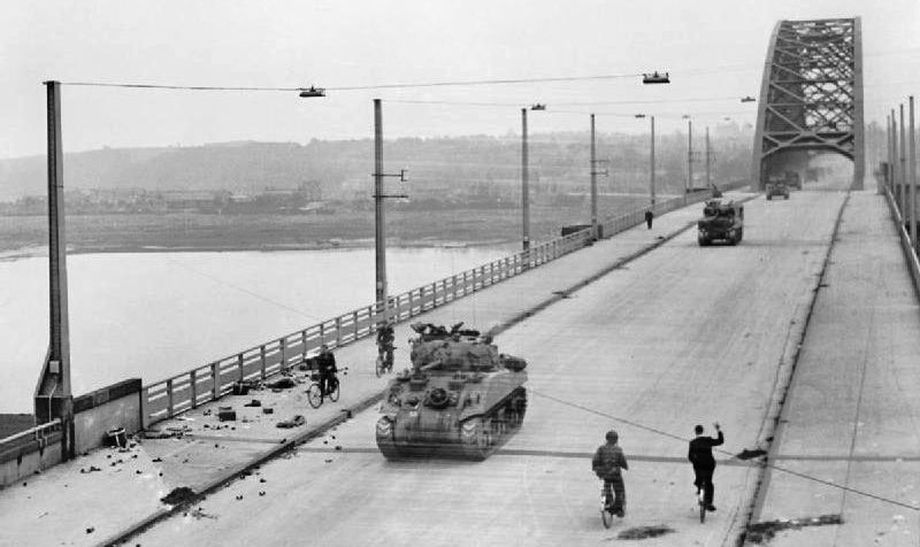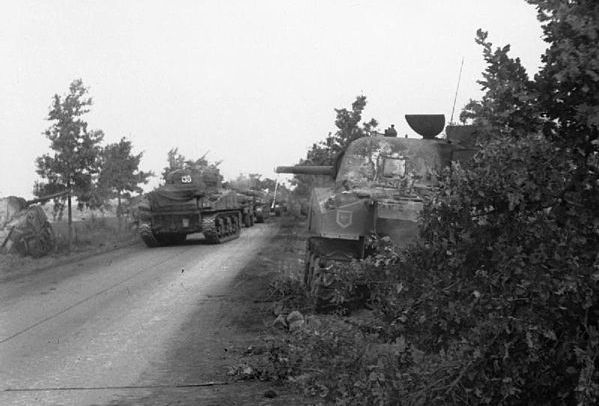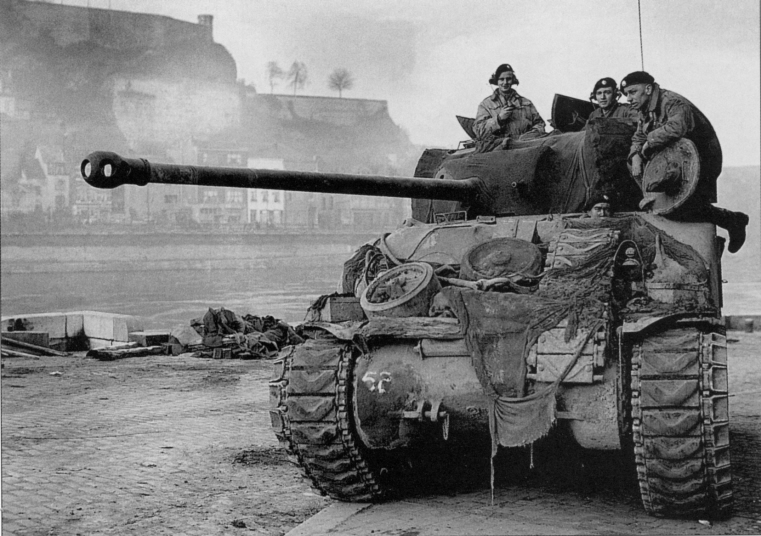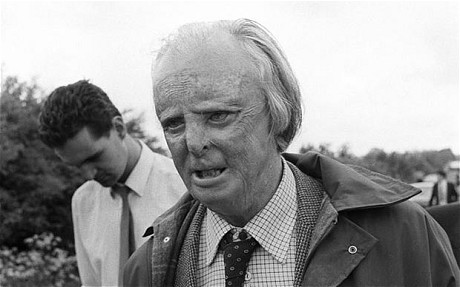
- For PC
- For MAC
- For Linux
- OS: Windows 10 (64 bit)
- Processor: Dual-Core 2.2 GHz
- Memory: 4GB
- Video Card: DirectX 11 level video card: AMD Radeon 77XX / NVIDIA GeForce GTX 660. The minimum supported resolution for the game is 720p.
- Network: Broadband Internet connection
- Hard Drive: 23.1 GB (Minimal client)
- OS: Windows 10/11 (64 bit)
- Processor: Intel Core i5 or Ryzen 5 3600 and better
- Memory: 16 GB and more
- Video Card: DirectX 11 level video card or higher and drivers: Nvidia GeForce 1060 and higher, Radeon RX 570 and higher
- Network: Broadband Internet connection
- Hard Drive: 75.9 GB (Full client)
- OS: Mac OS Big Sur 11.0 or newer
- Processor: Core i5, minimum 2.2GHz (Intel Xeon is not supported)
- Memory: 6 GB
- Video Card: Intel Iris Pro 5200 (Mac), or analog from AMD/Nvidia for Mac. Minimum supported resolution for the game is 720p with Metal support.
- Network: Broadband Internet connection
- Hard Drive: 22.1 GB (Minimal client)
- OS: Mac OS Big Sur 11.0 or newer
- Processor: Core i7 (Intel Xeon is not supported)
- Memory: 8 GB
- Video Card: Radeon Vega II or higher with Metal support.
- Network: Broadband Internet connection
- Hard Drive: 62.2 GB (Full client)
- OS: Most modern 64bit Linux distributions
- Processor: Dual-Core 2.4 GHz
- Memory: 4 GB
- Video Card: NVIDIA 660 with latest proprietary drivers (not older than 6 months) / similar AMD with latest proprietary drivers (not older than 6 months; the minimum supported resolution for the game is 720p) with Vulkan support.
- Network: Broadband Internet connection
- Hard Drive: 22.1 GB (Minimal client)
- OS: Ubuntu 20.04 64bit
- Processor: Intel Core i7
- Memory: 16 GB
- Video Card: NVIDIA 1060 with latest proprietary drivers (not older than 6 months) / similar AMD (Radeon RX 570) with latest proprietary drivers (not older than 6 months) with Vulkan support.
- Network: Broadband Internet connection
- Hard Drive: 62.2 GB (Full client)

British tanks of XXX Corps cross the road bridge at Nijmegen
 |
Sherman tanks of the Irish Guards Group advance past others which were knocked out earlier during Operation Market-Garden |
Much has been written about Operation Market Garden, normally following the exploits of the paratroopers, or trying to pin blame on why it failed. However as well as the air operations there was also a sizeable ground force, led by the Guards Armoured Division.
One officer in the Coldstreamers was Robert Boscawen; this account follows his part in Operation Garden, as the ground element of the operation was known. It is based largely upon his book "Armoured Guardsman" which covers his part in World War Two, and is well worth a read.
As the Coldstreamers were a follow on unit to the Irish Guards, they did not move out from their start positions until twenty four hours after the lead elements. Throughout the day all could be heard was a constant drone of aircraft ferrying troops to Operation Market.
When the Coldstreamers moved out, the first thing they had to do was drive past nine Irish Guards tanks that had been knocked out by German anti-tank guns. The ambush was within 100 yards of the Dutch border: despite the massive creeping bombardment, the Germans had been dug into a farm complex on the flank. This position was only silenced by some of the Typhoons from the seven squadrons deployed to cover the advance. From then on the Typhoons kept up constant coverage of the flanks of the advance, much to the appreciation of the Irish Guards.
 |
Robert Boscawen on his Sherman Firefly (Left most) |
For the next five days the Coldstreamers only had to contend with the deteriorating weather, however the main advance was running into trouble beyond the village of St Oedenode. German forces had launched a counter-attack into the flank of the Guards Armoured Division, the attack had reached the road and several trucks had been destroyed.
The first Robert Boscawen knew of this attack was when the road turned from a massive traffic jam to being utterly deserted. Peering into the driving rain the soldiers could not see far so quickly dug in with what they had: a few small arms with limited ammunition. Boscawen himself only had his revolver with six rounds. Further down the column, a 17-pounder gun was found, brought up and dug in. However, there were no shells. This scratch defence held on in the cold and wet, unable to light any fires for fear of attracting German attention. Even so the Germans sent a few mortar bombs in their direction.
 |
A post war picture of Robert Boscawen |
The following day tanks and fighting troops arrived in the form of US Paratroopers and some Shermans. The Shermans were from the replacement squadron of the Coldstreamers, and so they were not a coherent unit and had no experience or preparations. The attack failed.
Finally the following day, after another stressful night, saw the arrival of the 7th Armoured Division whom had been widening the hole punched in the German lines by the Guards Armoured Division. The battle-hardened soldiers quickly re-opened the road and the advance could continue. However by now it was clear Operation Market had failed, so Operation Garden was suspended.



